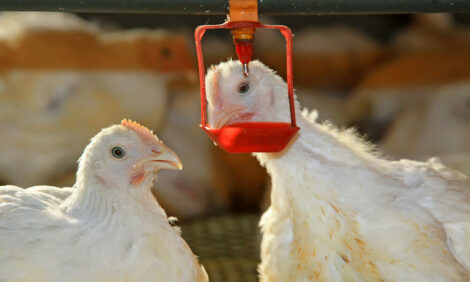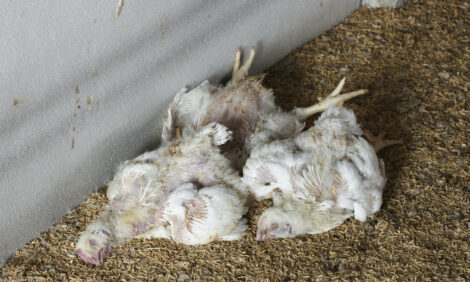



Ireland Scores Well on Carbon Footprint for Milk, Meat
IRELAND - The carbon footprint of Irish food products have been rated as amongst the best in the EU, according to a major study just published by the Joint Research Centre of the EU Commission.The study entitled 'Evaluation of the livestock sector contribution to the EU Greenhouse Gas (GHG) emissions' (GGELS) evaluated the full net carbon emissions of a range of livestock products, taking account of all on-farm emissions related to livestock rearing and the production of animal feed (even where this feed production takes place outside the EU), as well as emissions caused by providing input of mineral fertilizers, pesticides, energy, and land for the production of feed. This cradle-to-gate life cycle analysis gives a comprehensive assessment of different production systems.
Irish milk has the lowest (joint with Austria) carbon footprint in the EU at 1kg carbon dioxide equivalents per kilo of milk, compared to the EU average of 1.4kg. According to the study, Irish pork also has the lowest carbon footprint in the EU (4.8kg vs EU average of 7.5kg carbon dioxide equivalents per kilo of pork) as does Irish chicken (3.3kg vs EU average of 4.9kg carbon dioxide equivalents per kilo poultry).
Other Irish animal products are also reported to have low carbon footprints. For example, Irish beef has a carbon footprint of 19kg carbon dioxide equivalents per kilo of beef, well below the EU average of 22.1kg carbon dioxide equivalents per kg beef, and it is the fifth lowest in the EU. In the report, the carbon footprint of Brazilian beef was estimated to be 80kg carbon dioxide equivalents per kg beef when land use change is included – and 48kg when land use change is not considered – due to a lower productivity of beef production.
Welcoming the publication of the study, Teagasc Director of Research, Dr Frank O'Mara who was a member of the project Advisory Board, said: "This study is particularly important as it is the first time such a range of products have been compared across all EU countries in a single comprehensive study. This will help shape future policy and strategy in relation to the twin goals of food security and climate change.
"If we need extra food, Ireland is a great place to produce it because of the low carbon footprint, and we are also in good shape with water availability, biodiversity and animal welfare standards. Food and marketing companies should use this to drive export growth, especially in affluent markets that put a premium on environmental and ethical standards," he added.
This comprehensive study confirms Teagasc research that Ireland is a very efficient food producer with low carbon footprints. One key factor in this is our grass-based production system and the associated sequestration of carbon in grassland. Ireland has one of the highest proportions in the EU of grassland in its agricultural land.
The GGELS report is publicly available and can be downloaded from DG AGRI by clicking here.









